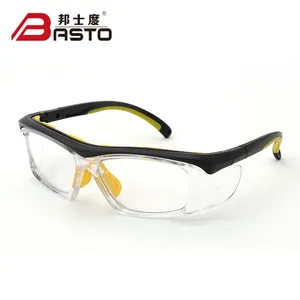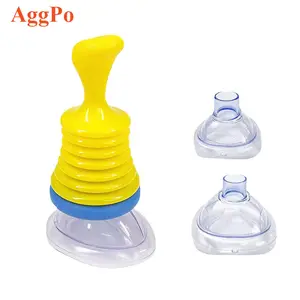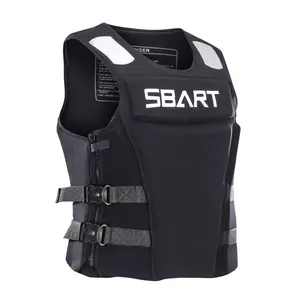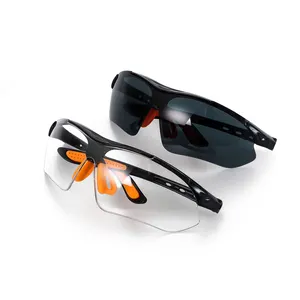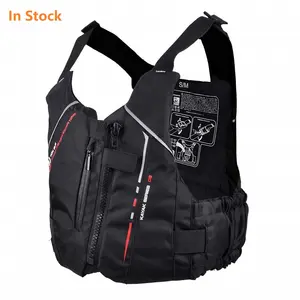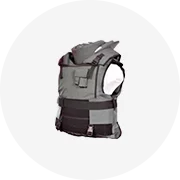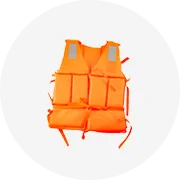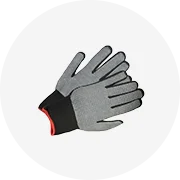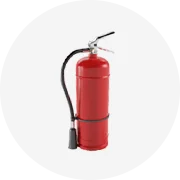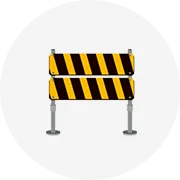Popular in your industry


































































Related Searches:


















































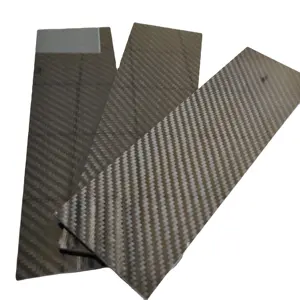













































































Top categories
About kevlar plates
Having the right tool at the right time can be a lifesaver, especially when talking about body armor. Police officers, business owners, and concerned citizens can all benefit from extra protection, depending on the circumstances. In this context, Kevlar plates for vests can be a great asset.
NIJ Protection levels for Kevlar plates
Not all body armors are created equal. That much is for sure. To quantify how protective each plate is, the National Institute of Justice (NIJ) of the United States devised a standardized method of evaluation that goes from “Level 1” to “Level 4” protection, also called L1 and L4. That being said, L1 armor is currently out of commission, being considered insufficient for modern calibers. Therefore, L2A offers the lowest level of protection, being able to stop guns from 0.9mm, full metal jacket handguns. They are soft armor, meaning they are fitted to the body and don’t use a plate, being lightweight and concealable. Above it, L2 armor protects against all handgun rounds, from a glock to a magnum.
At L3A, plated armor starts to appear, which is the level at which rifle rounds can be stopped. Kevlar plates are between L2 and L3A in terms of protection levels. L4 armor, the highest level available, is capable of stopping piercing bullets, which are designed to tear through armor. Keeping these levels in mind, it’s important to consider that they are also not the end-all-be-all when it comes to armor protection levels.
Ceramic, PE, steel, and Kevlar plates
Although Kevlar armor plates have become synonymous with protective vests, many other materials can also be used, each with its pros and cons. For starters, entry-level armor is generally made with ceramic plates. Although lightweight and more comfortable to wear, they suffer from deep, severe cracks when hit by a bullet, meaning they won’t handle a second one in the same spot.
High-density polymers, such as polyethylene, also known as PE, are also commonplace. They are lighter than steel while also being around fifteen times harder, providing good protection against rounds below L3 threat levels. However, they might lose effectiveness under extremely hot temperatures. Speaking of steel armor, its popularity is well-deserved, as the metal can handle rifle rounds and has great resistance to same-spot shots. These and other materials commonly use Kevlar plate carriers to benefit from the fabric's high tensile strength.
Last, but certainly not least, a Kevlar vest with plates provides resistance against stabbings, ballistic rounds, and slashes. Moreover, they are around six times stronger than steel while also being lightweight. What’s more, the vests often combine multiple materials, from ceramics to steel, to provide additional layers of defense.

